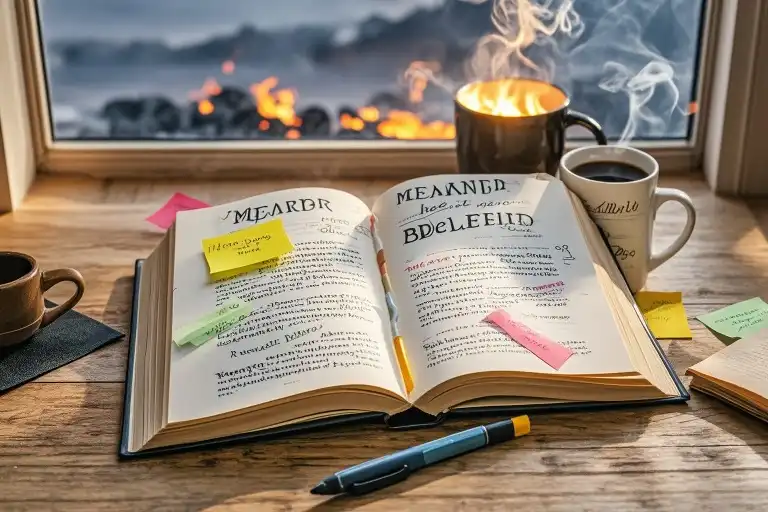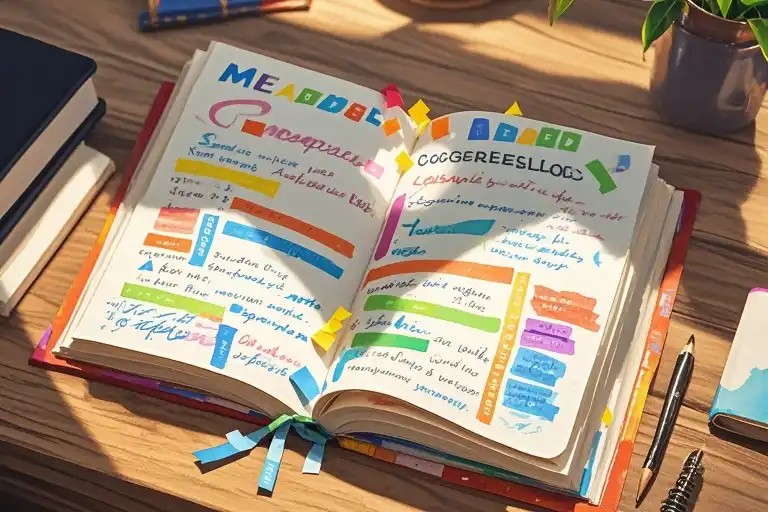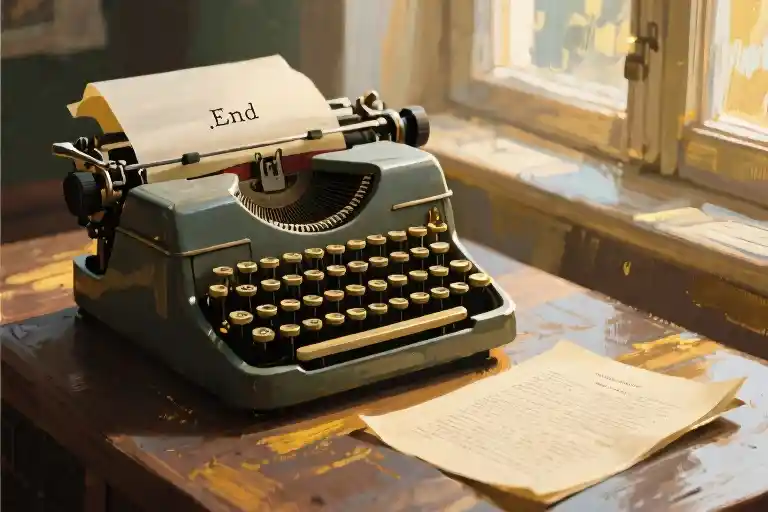You’re curled up with a novel that makes your pulse race. The sentences dance, the characters breathe, and you’re devouring pages like candy. But here’s the uncomfortable truth—if you want to write stories that crackle with that same magic, you need to start ruining your reading experience.
Let me explain.
Years ago, I attended a writing retreat that cost more than my monthly rent. Ten hopeful writers, one leather-bound notebook, and a self-proclaimed “story guru” who kept comparing plot structures to yoga poses. By day three, I realized we’d all been sold a dream—a $3,000 dream where the real work happened not in guided sessions, but in the dog-eared pages of the books we’d brought.
That’s when I discovered Jane Alison’s Meander, Spiral, Explode—not on a syllabus, but peeking from under someone’s pillow.
The Secret Most Writing Teachers Won’t Tell You
Here’s what your favorite writing guru’s workshop brochure won’t say: Great writers aren’t born with magical pens. They learn to dissect stories like biologists cracking open frogs.
I’ve read 25-50 writing craft books annually for a decade. Most gather dust as reference materials. But Alison’s work? I’ve consumed it three times cover-to-cover, not because it’s prescriptive, but because it teaches you to listen—to the whisper of a comma, the drumbeat of a paragraph break, the way a spiral-shaped narrative can make readers feel they’re falling through time.
Try this tonight:
- Pick a passage that gave you goosebumps
- Read it aloud, slowly, letting your tongue trip over the consonants
- Map its rhythm like sheet music (where do the pauses live? When does the sentence gasp for air?)
Suddenly, you’re not just reading—you’re reverse-engineering emotion.
Why Your Ear Is Your Best Writing Coach
Most writing advice screams about “show don’t tell” or “kill your darlings.” Alison whispers something revolutionary: Your prose already contains its own blueprint—if you learn to hear it.
Let’s play with fire:
- Write a funny scene → They laugh
- Write a sad scene → They cry
- Write with true empathy → They sigh, remembering their own losses
But here’s where it gets wild: When you train your ear to detect the architecture of these effects—the way a delayed punchline creates tension, how short sentences accelerate panic—you’re not just tugging heartstrings. You’re composing symphonies that shift cultural consciousness.
Think of Margaret Atwood’s The Handmaid’s Tale. Its power doesn’t come from dystopian worldbuilding alone, but from the visceral sound of oppression—the clipped dialogues, the liturgical repetitions, the way silence between chapters screams louder than words.
The $3,000 Lesson I Learned From a Hotel Pillow
Remember that writing retreat disaster? Let’s autopsy it:
Chuck Palahniuk once described paying $3,000 in the 1980s for similarly hollow guidance. The pattern’s clear: Writing culture often confuses expensive rituals with real growth.
But here’s the twist—that retreat failed because we focused on output (pages produced, feedback received) instead of input (how to strategically steal from the masters). When I found Alison’s book abandoned in that stale hotel room, its margins were already filled with revelations:
- A student had circled every verb in a Didion passage, tracing how tension builds through action
- Someone drew arrows between Woolf’s repetitions, showing how echoes create meaning
- Coffee stains highlighted a paragraph about “writing as cultural seismography”
The real workshop wasn’t happening in the conference room. It lived in those battered pages.
Your New Reading Ritual (No Guru Required)
Let’s get practical. Tomorrow morning, do this with your coffee:
- Choose your “lab specimen” (a page from your favorite book)
- Scan for patterns like a detective:
- Highlight every sensory detail (sight, sound, touch)
- Circle connective tissue: transitions, recurring motifs
- Star moments where your body reacted (goosebumps, laughter)
- Steal like an artist: Rebuild a paragraph using the same structure but your own words
Suddenly, you’re not just analyzing craft—you’re absorbing its DNA.
When Words Become Cultural Fire
Here’s the beautiful secret no MFA program will highlight: Every story you dissect today plants seeds for tomorrow’s cultural shifts.
Consider how Alison’s “narrative geometries” theory reframes storytelling as spatial art. Or how writers like Ocean Vuong use fragmented structures to mirror trauma’s disorientation. When you read mechanically, you’re not just honing your craft—you’re learning to architect experiences that reshape how readers see the world.
So go ruin your next reading experience. Crack open those sentences. Listen for the heartbeat between the words. And when someone asks where you learned to write with such fire, smile and say: “I stopped reading like a fan.”





